A packing slip, also known as a packing list, is a document that itemizes the contents of a package being shipped.
This will allow the client to verify and ensure that every item they ordered has been delivered. In addition, it contains essential information like the details of the items ordered, the order date, order number, shipping number, seller’s details, and customer’s details. These details can be used both by the shipping company and the client to confirm the accuracy of the order.
Other Terms for a Packing Slip
It can also be referred to as:
- A packaging slip
- A packing list
- Order slip
- Waybill
- A shipping slip
Purpose of a Packing Slip
The purpose of a packing list is to provide a detailed inventory of the contents of a shipment. It is usually included in the package or box and serves as a reference for the recipient to check that everything they ordered has been included in the shipment.
It typically includes information such as the quantity and description of the items, their weight and dimensions, and any special handling instructions. It is an important document for both the sender and the recipient, as it helps to ensure that the shipment is accurate and complete, and can also be used as a record of the contents of the shipment in case of any disputes or claims.
Who uses it?
Packing lists are used by various individuals and organizations involved in the shipping and delivery of goods. This includes manufacturers, wholesalers, retailers, and logistics companies. It serves as a communication tool between the sender and receiver of the goods, ensuring that both parties have the same information about the contents of the shipment.
What Information Does a Packing List Contain?
A packing list should be created carefully to avoid any mistakes. Here are some essential details to include in it:
Shipping address and contact information
Usually, packing slips contain the customer’s contact details, shipping date, shipping address, and return address. This is necessary as it allows the seller to deliver the package to the right customer at the right time.
An itemized list of the order
Detailed information about the order is also mentioned. This makes it easier for the packer to accurately include all the mentioned items in the package before shipping. Additionally, it allows the buyer to verify and ensure they have received exactly what they ordered.
It also makes it easier for the buyer to identify if there is a missing item. In addition, this makes it easier for the buyer to contact the seller and request a refund or exchange the product.
Quantity of each item
A packing slip should contain a list of every item ordered and its quantity. Therefore, it should mention the number of items ordered.
Missing items
There are circumstances when a seller cannot deliver all the items ordered by the client. In this case, the seller can indicate all the missing items on the packing slip. This will let the buyer know which items are not in the package and if they will be delivered later or if the amount will be refunded.
Inventory number
An inventory number is a unique code that is assigned to a product. The inventory number allows a company to identify, monitor, and track a product within its inventory database. The inventory number is also used to find the exact location of a product before, during, and after it has been shipped.
NOTE
You must note that the Universal Product Code (UPC) and stock-keeping unit (SKU) are the most common inventory numbers used.
Additionally, in case of any issues with the shipment, the inventory number makes it easier for the customer to inform the seller of a missing or damaged item. The seller will quickly identify these items and resolve the issue. This makes the refund and return process swift.
Slip number
There are cases where a client places a large order that needs to be divided into different packages. A slip number is crucial to a business when dealing with several packages from a single order. In this case, each package is assigned a unique slip number that shows they are part of the same order. This helps the shippers avoid sending the packages to the wrong client.
How to Create a Packing Slip in Microsoft Word
There are several ways you can create a packing slip. Note that you can have as many columns as possible if they help you describe the order, items, and packages.
Here are the steps you can use to make a perfect one for your business:
- First, open a Microsoft Word document and select a blank document.
- Writing a header is essential. The header contains the details of your company. You can write the header in uppercase and make it bold.
- Below the header, you should include the recipient’s name, contact details, and address. In some cases, ensure that you also include the unique slip number for the package to ensure that you send the correct order to the right customer.
- Then you must proceed to select and insert a table into your document. First, ensure that the table has enough columns, usually about four.
- Label the first column as shipping items. These are the names of the items present in the package as per the customer’s order.
- Label the second column as quantity. This column will contain the number of items the seller delivers to the buyer.
- For the third column, indicate the heading as missing items. For this section, ensure that you, as a seller, indicate all the items that you could not deliver but were requested in the buyer’s order.
- The fourth column should be called inventory number; include the code assigned to each product or item to track them easily.
Free Templates: Personalize Your Packing Slips
When it comes to shipping products or goods to customers, it is essential to ensure that the items are delivered safely and accurately. One of the most critical documents in this process is the packing slip, which is a document that accompanies a shipment and lists the items included in the package. Using one can help to ensure that the customer receives the correct items and can also help to prevent any disputes or confusion about the contents of the shipment.
However, creating it yourself can be time-consuming and can lead to errors. Using a template can help streamline the process and ensure that your packing slips are accurate and appear professional.
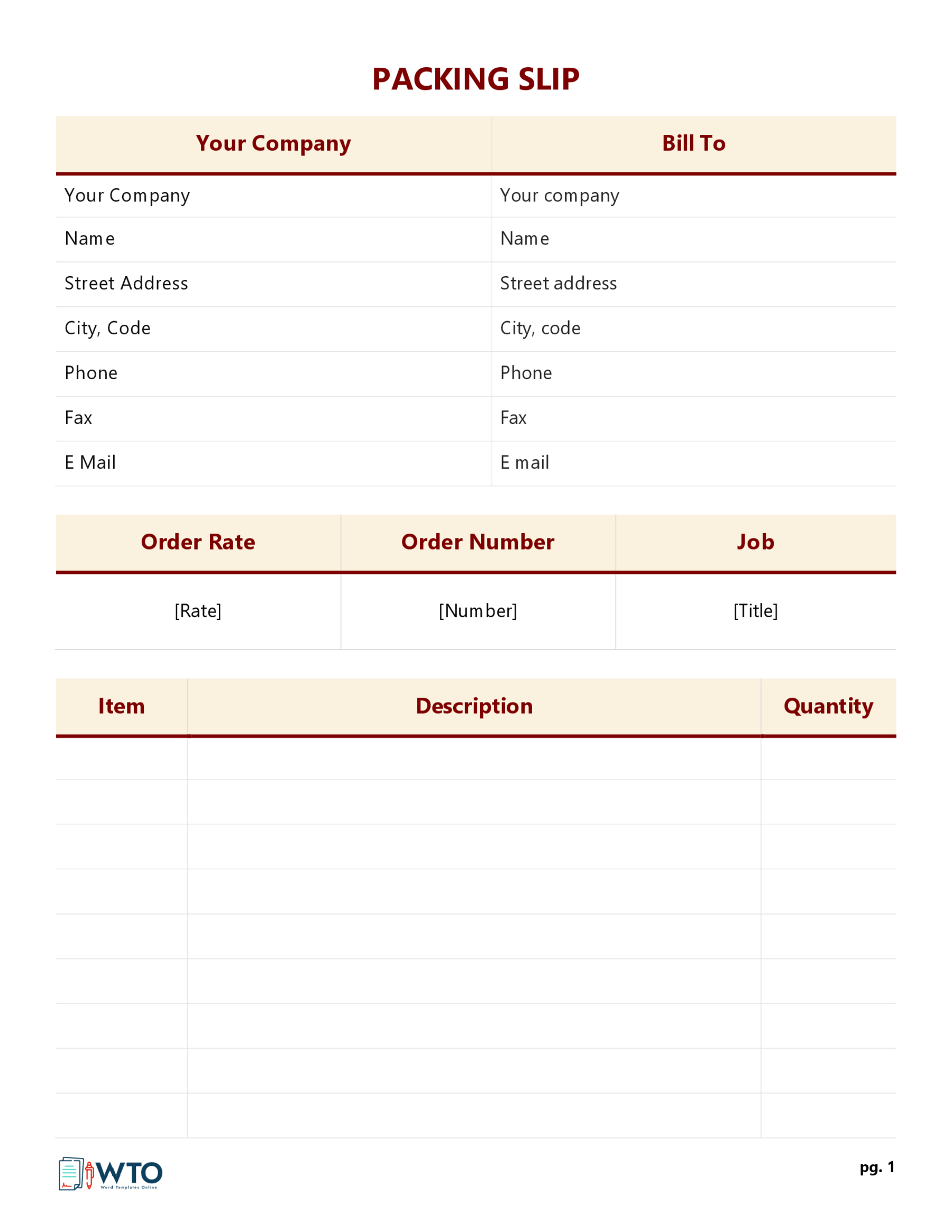
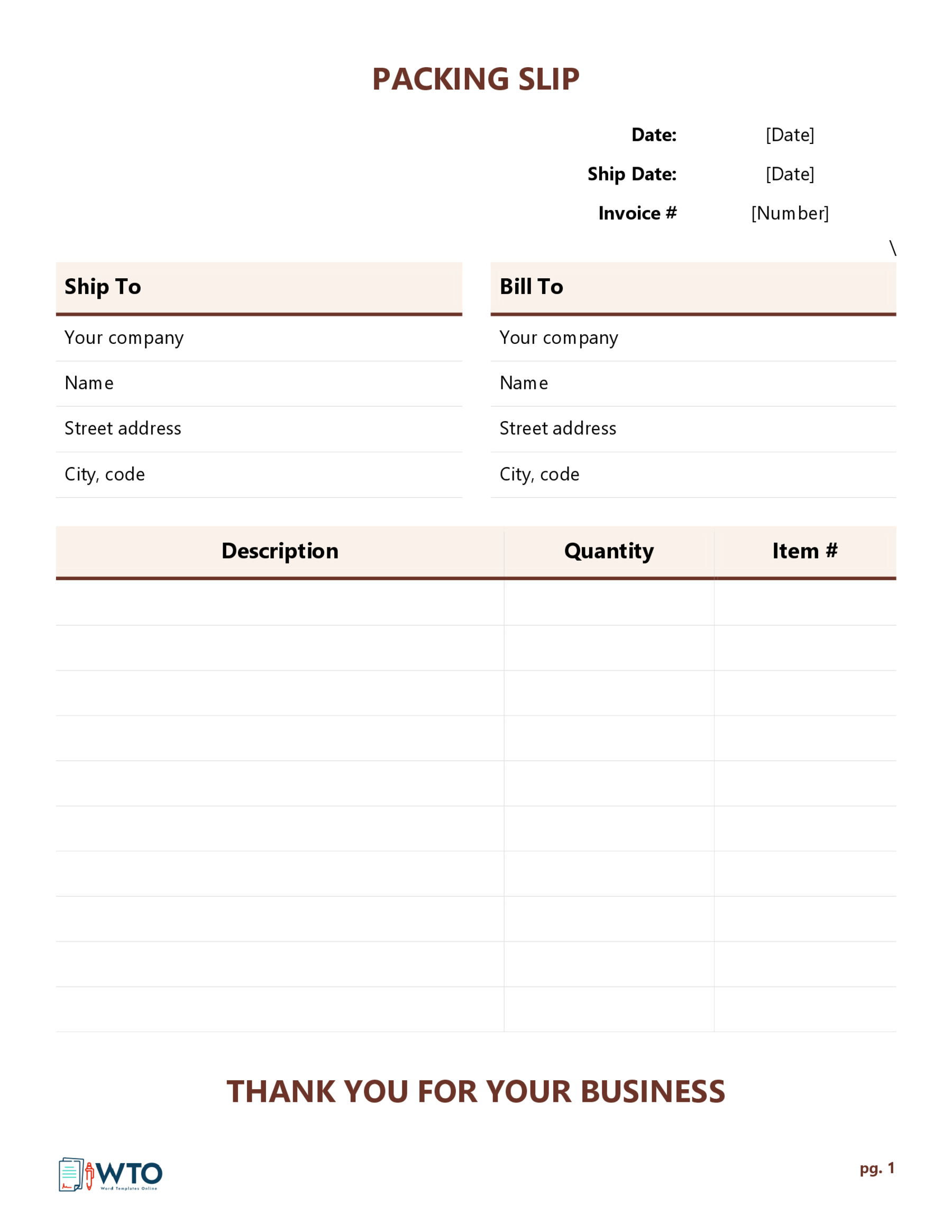
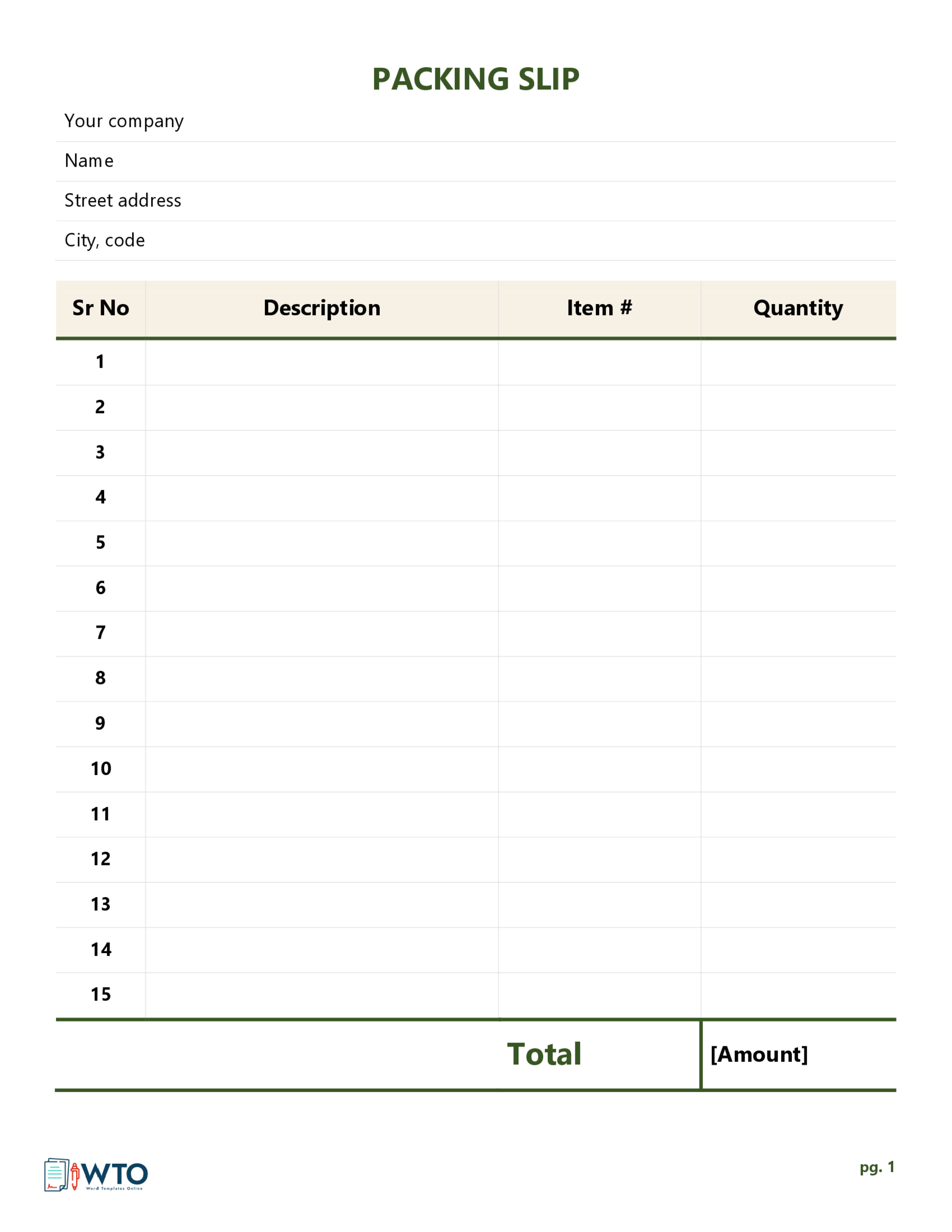
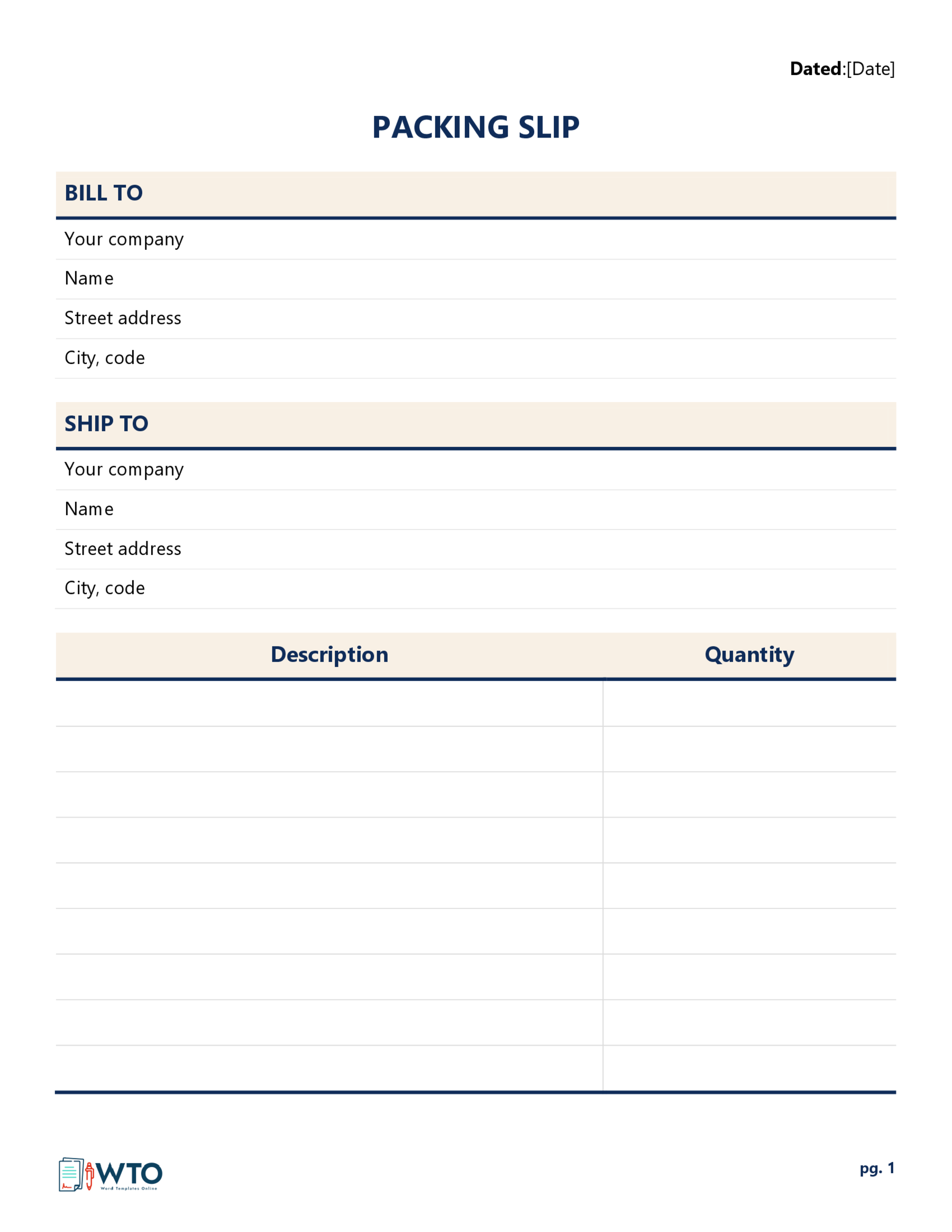
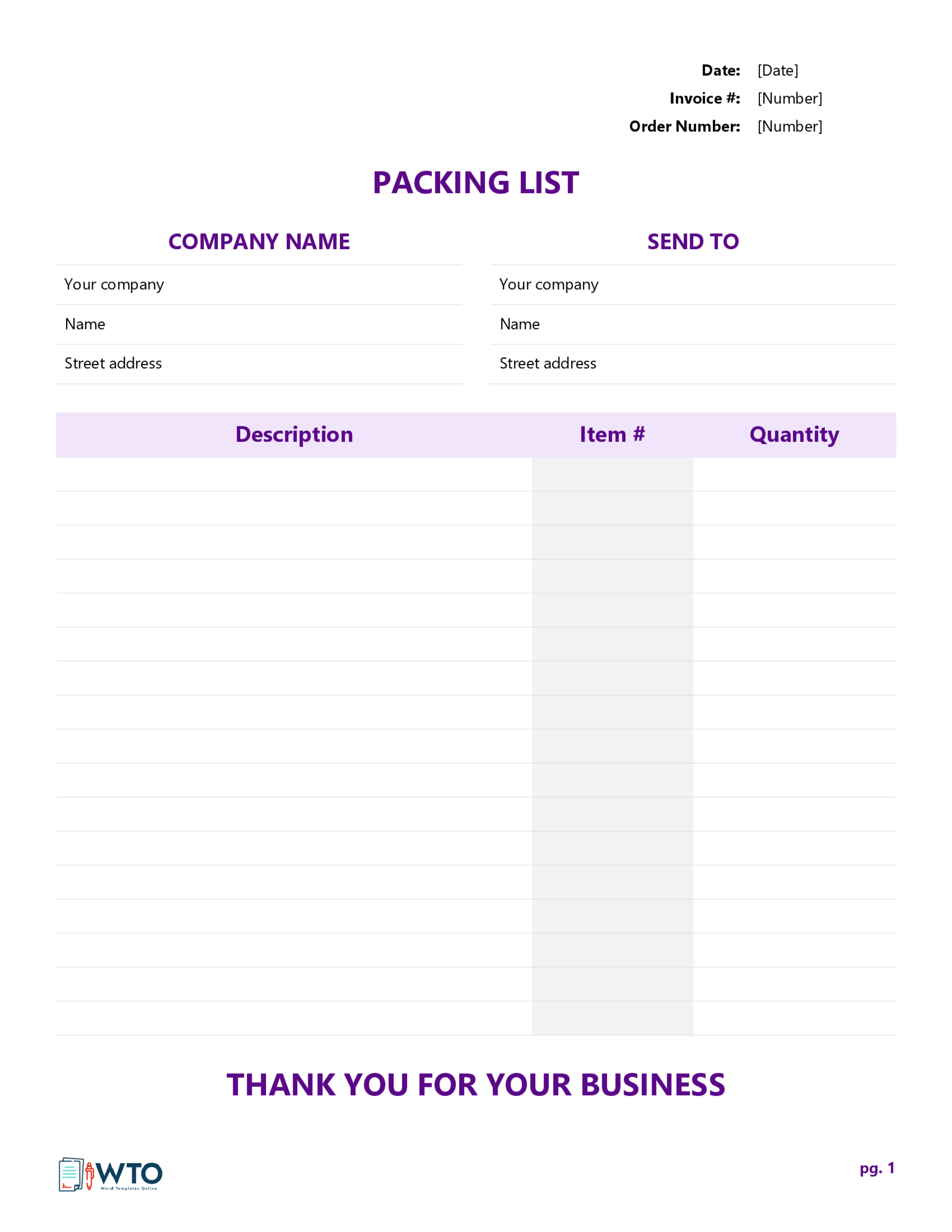




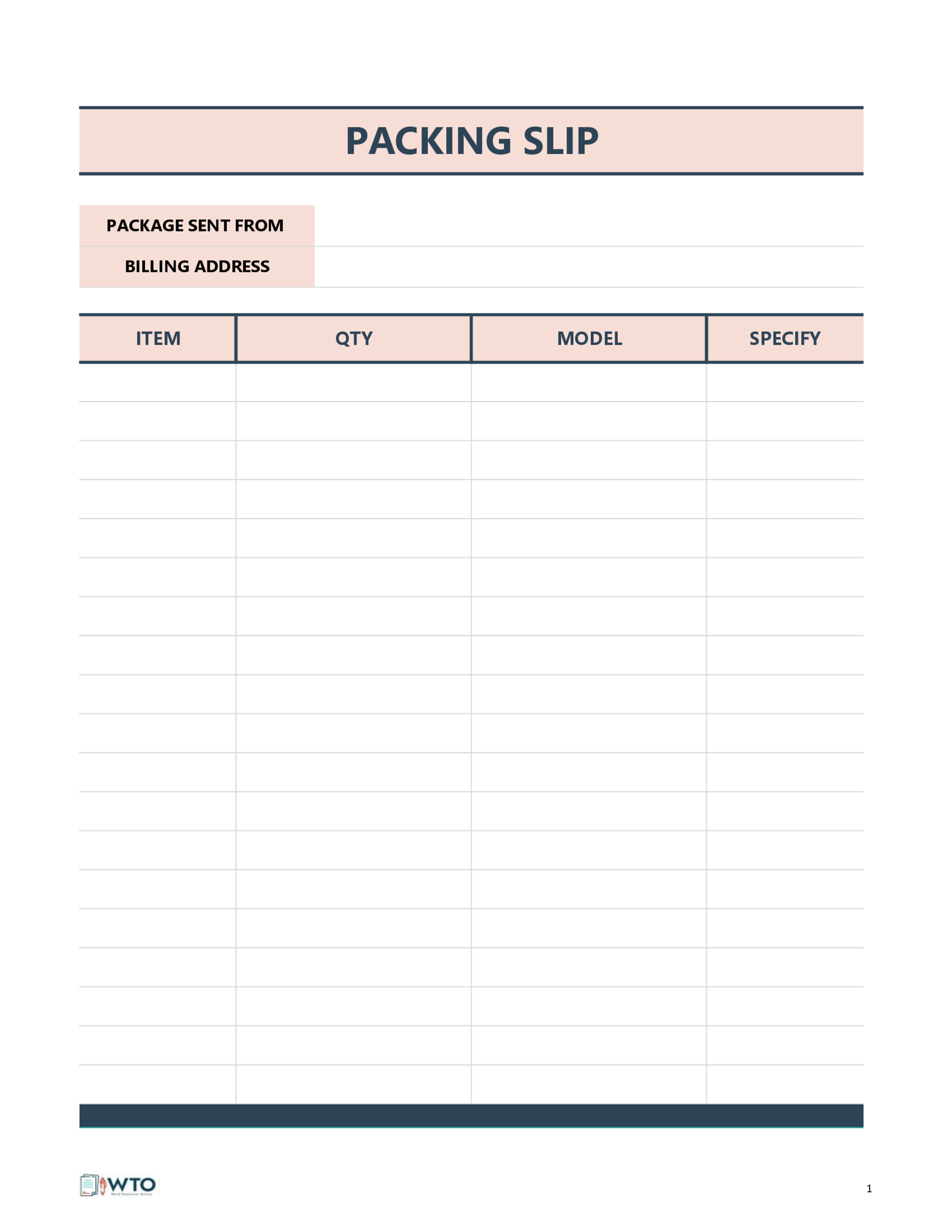
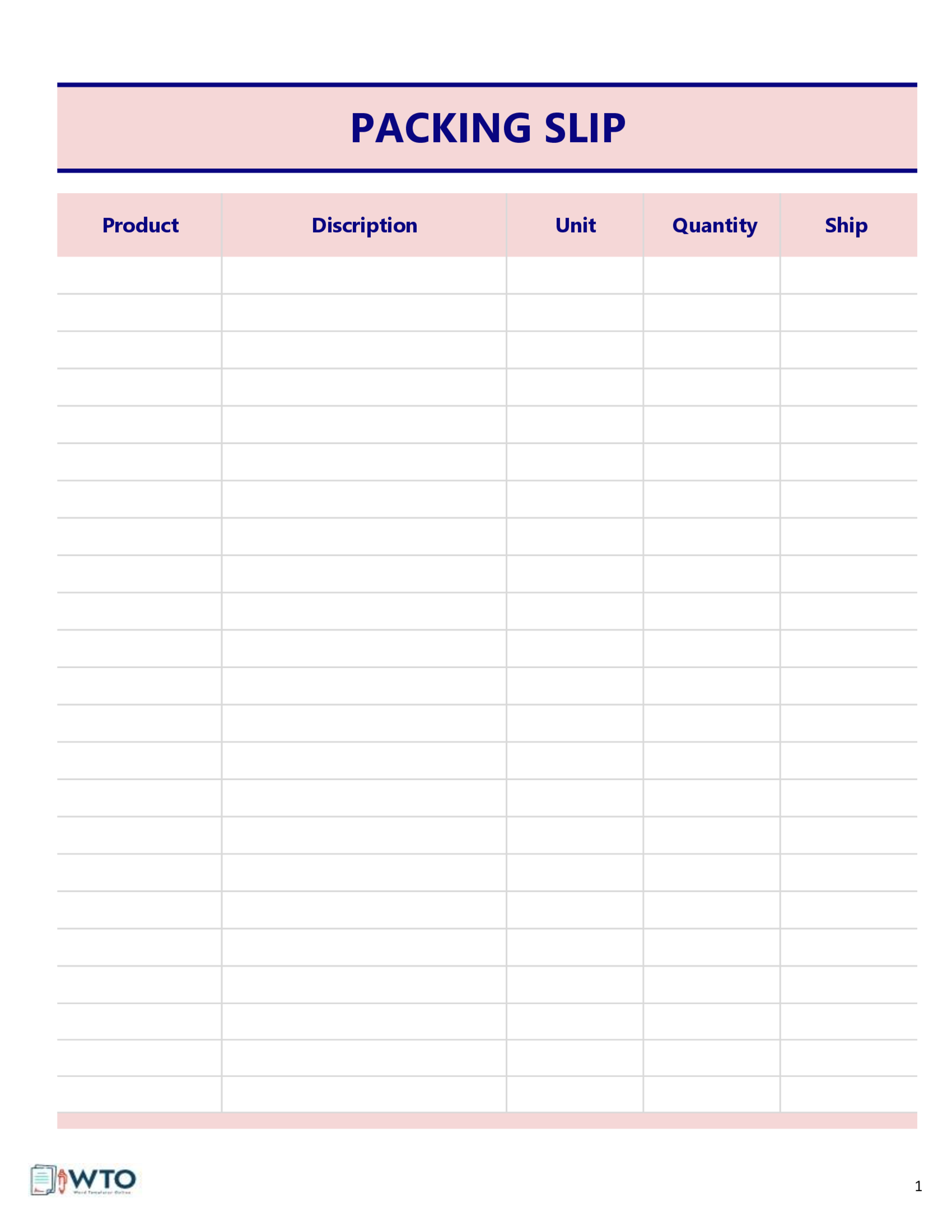

TIP
Even though they are essential documents that must be included in the package, companies are increasingly reducing their paper usage and opting for paperless slips. Scan to Pack allows the packer to scan the barcodes of the packed product. If an item in the package is incorrect or missing, the packer will be informed. Once the order is shipped, the customer will receive a confirmation email with the items in the package and the tracking information.
Tips for Making Effective Packing Slips
Since a packing slip is an essential document for both sellers and buyers, you need to prepare an accurate document for the sake of your business.
Here are some tips you can use to make effective slips:
Ensure accuracy
Miscommunication is common in businesses because many people are involved in the shipping process. Preparing a packing slip with incorrect data will start a chain of mistakes from the supplier to the customer. That is why it is essential to make yours efficient.
Avoid manual verification of orders. This process can be tiring, especially for warehouse workers at companies with multiple shipments. Instead, use more innovative tools to allow your warehouse workers to quickly scan orders, confirm the package contents, and pack them properly for distribution.
Increase brand awareness
Another vital tip you should observe is to increase brand awareness. Include business logos, coupons, discount codes, and advertisements for related products. This creates a personal and unique document that increases brand awareness and reinforces positivity about your business among customers.
Become environmentally friendly
The final tip is to reduce paper waste and replace them with digital ones. This way, your business becomes more environmentally friendly. More and more customers are becoming aware of the importance of sustainable ways of living, and they are more inclined towards businesses that use recyclable packing materials as well.
Frequently Asked Questions
It is usually placed inside the package and serves as a record for the shipper and the recipient. On the other hand, a shipping label contains information about the recipient and the destination of the shipment, such as the name and address of the recipient and the weight and dimensions of the package. The shipping label is affixed to the outside of the package and is used by the shipping carrier to route the package to its destination.
While a packing slip provides details of all the items inside a package to ensure that the customer’s order is well-fulfilled, a bill of lading is an entirely different document that is used as a shipment receipt. All the parties to a sale, including the customer, shipper, and carrier, are legally bound by a bill of lading.
The carrier provides the shipper with the bill of lading document, which contains the package details, including the quantity, origin location, destination location, and signatures from the three parties. The shipper must place this bill of lading document with the shipped products, as it details the terms and conditions of the shipping process and acts as a transfer of ownership document.
No, it is not typically used as a shipping label. While both documents are used in the shipping process, they serve different purposes. A packing slip is used to itemize the contents of a shipment, while a shipping label is used to identify the sender and recipient of the shipment and includes information such as the shipping address, tracking number, and carrier information. In most cases, a separate shipping label is required to ensure that the package is delivered to the correct destination.




